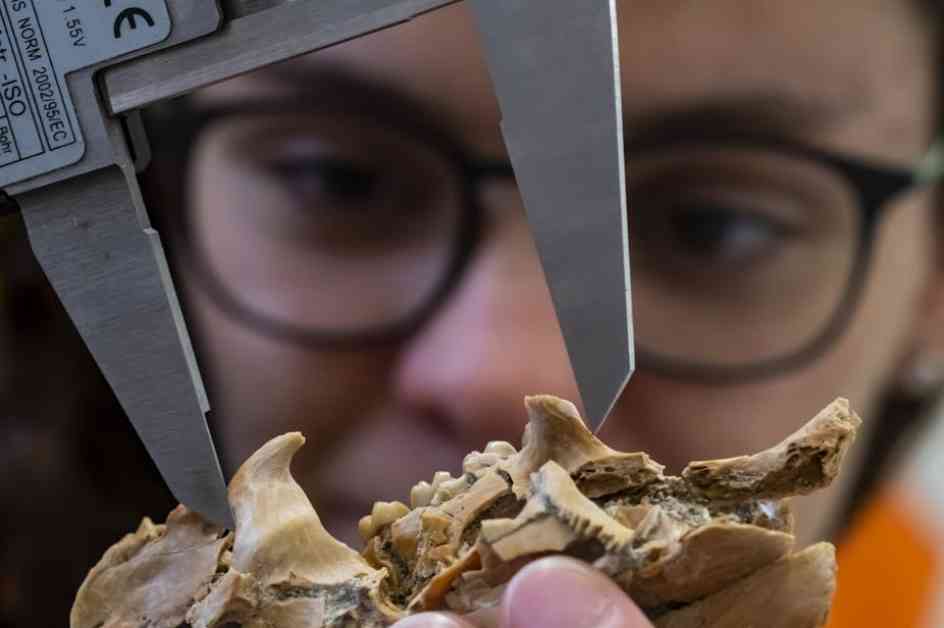A rare fossil of an extinct North American porcupine has finally provided answers to a long-standing debate about the evolution of porcupine jaws and tails. According to a recent study published in Current Biology, the ancestors of the modern North American porcupine may have originated around 10 million years ago, but they did not start to resemble their current form until about 8 million years later.
The research, conducted by a team of paleontologists led by Natasha Vitek and museum curator Jon Bloch, compared the bone structures of porcupines from North America and South America. Surprisingly, they found that for a period of 8 million years, North American porcupines closely resembled their Neotropical cousins from Central and South America. This discovery sheds light on the evolutionary path of North American porcupines and explains why it has been so challenging to find their ancestors in the fossil record.
The modern North American porcupine is known for its distinctive features such as a short tail, strong jaws capable of stripping bark from trees, and a weight ranging from 10 to 25 pounds. In contrast, Neotropical porcupines have long tails, weaker jaws, and weigh between 1.5 and 10 pounds. Despite these differences, DNA analyses suggest that the two groups diverged from a common ancestor around 10 million years ago.
The study’s findings challenge previous hypotheses about the evolution of porcupines and provide new insights into their ancient history. By analyzing a 2 million-year-old porcupine skeleton discovered in Florida, the researchers were able to identify key differences in bone structures that distinguish North American porcupines from their Neotropical relatives.
Through a detailed examination of the fossil’s bones, the researchers identified nearly 150 informative details that helped them determine the evolutionary relationships between different porcupine species. Despite the initial similarities between the fossil and Neotropical porcupines, the evidence pointed to the fossil being more closely related to North American porcupines.
Overall, this study highlights the importance of fossil evidence in understanding the evolutionary history of species and how new discoveries can reshape our understanding of the past. The research not only solves a longstanding debate about porcupine evolution but also underscores the value of collaborative research efforts in paleontology.










